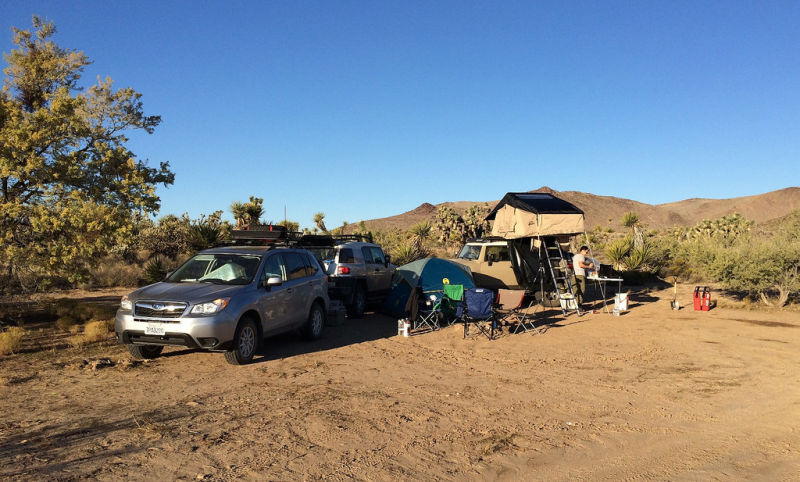
The next morning, I woke up refreshed from one of the best nights of sleep I’ve ever had on one of these trips. Being out in the Mojave Desert just loosens you up. Away from all the WiFi and any hope of receiving work e-mails, it’s just about the trip and the adventure. A great way to recharge.
However, day 2 was the long day. We had camped along Lanfair Road the night of day 1, and truth be told, we were a bit behind schedule. A grinding 70+ miles awaited us if we wanted to make our planned campsite for day 2. Thus, we quickly broke camp and headed out.
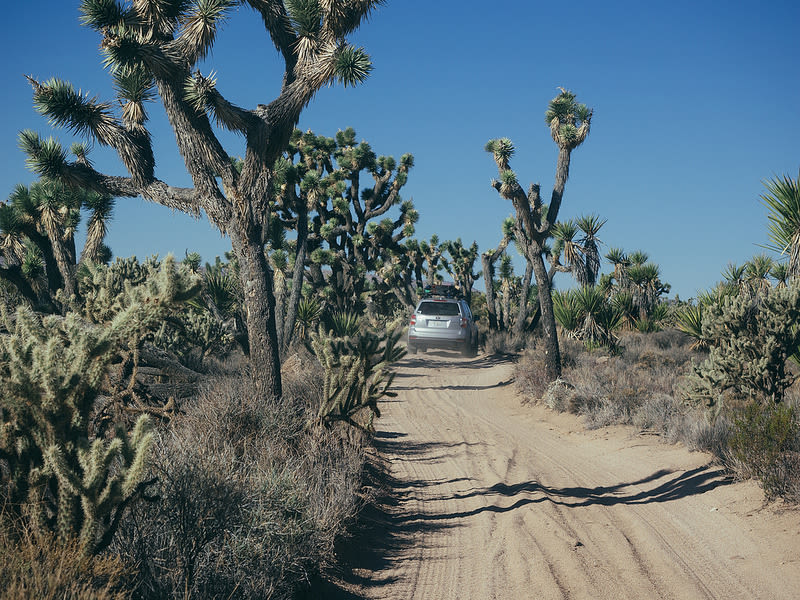
We found ourselves in a forest of Joshua Trees. It was breathtaking.
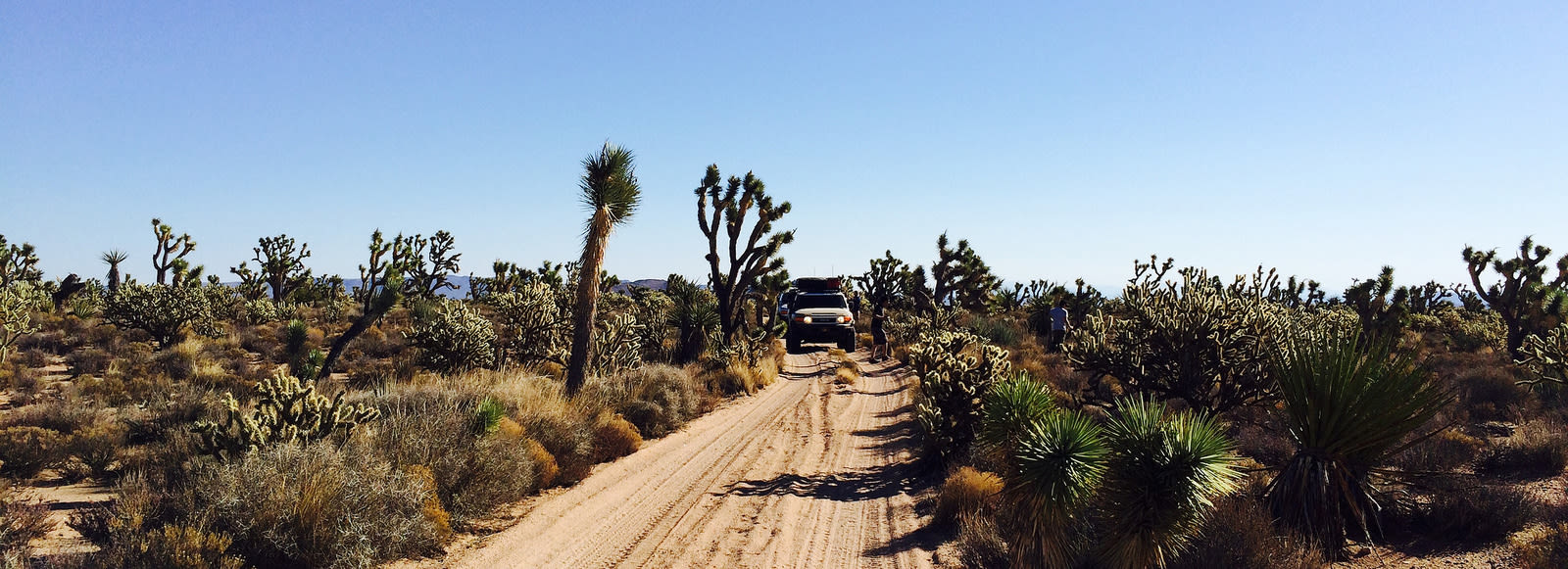
However, some parts of the trail were quite narrow, and the Joshua trees intruded into the trail in such a way that it was impossible to avoid brushing them in places. It was a problem that bothered the FJs more than the nimble Forester, which honestly was loving the tight and twisty portions of the track.
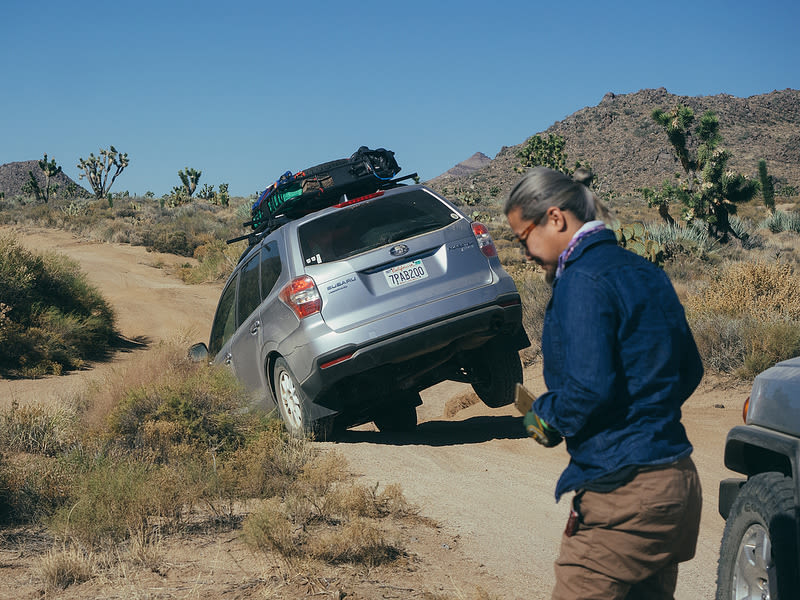
That came to a quick crashing end. A portion of the road had washed out, but I thought it was just a standard dip and nosed the car into the sand. In hindsight, I should’ve looked for the bypass towards the side. Failing that, when I initially pointed the car downward, I should’ve used more speed to carry me through, instead of slowly inching the car downward, and just let momentum carry me through. I did neither and now was stuck.
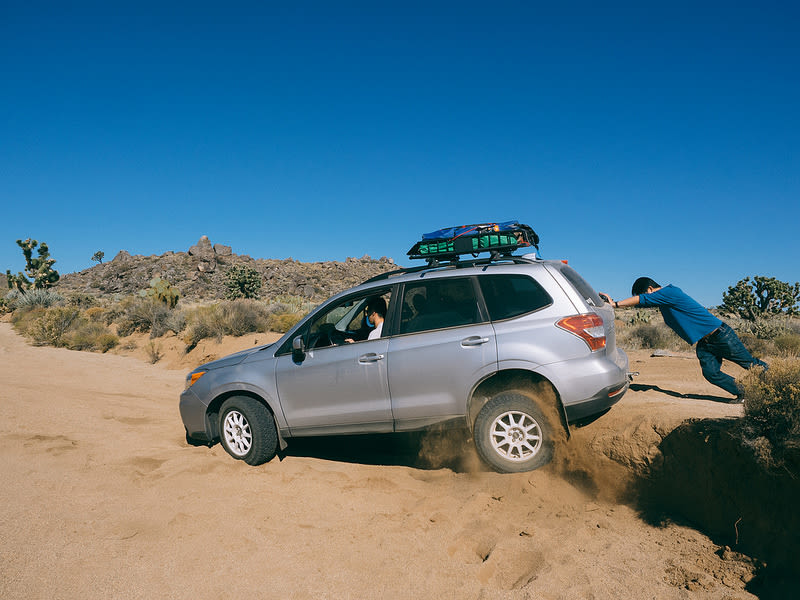
Pushing didn’t help. One rear wheel was lifted and one front wheel was spinning in soft sand. The limits of the car had been ignominiously found.
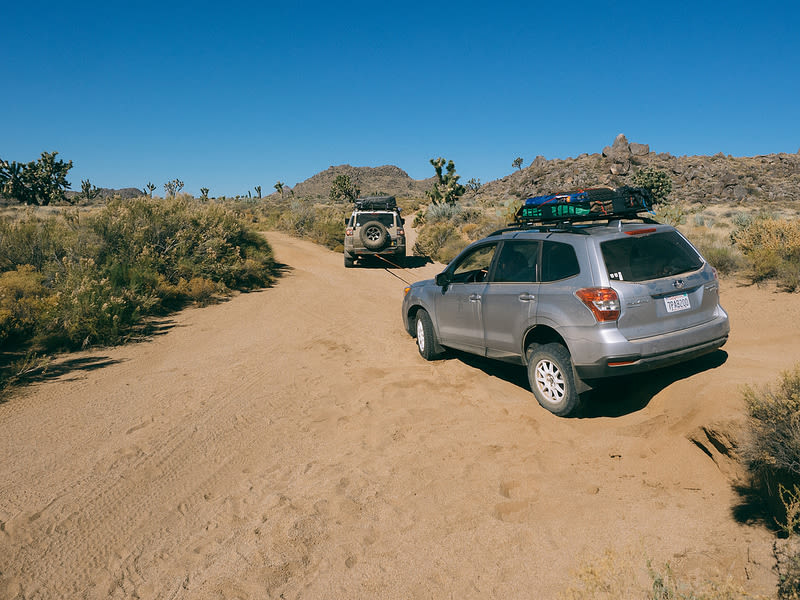
It was time to get towed out for the first time ever.
A quick note: see the rock on the left side of the FJ? The Mojave Road is marked with periodic rock cairns that should appear every mile or so, if not more. Traveling west, the cairns should always be on the right side of your vehicle. Spotting the cairns means you’re on the right track.
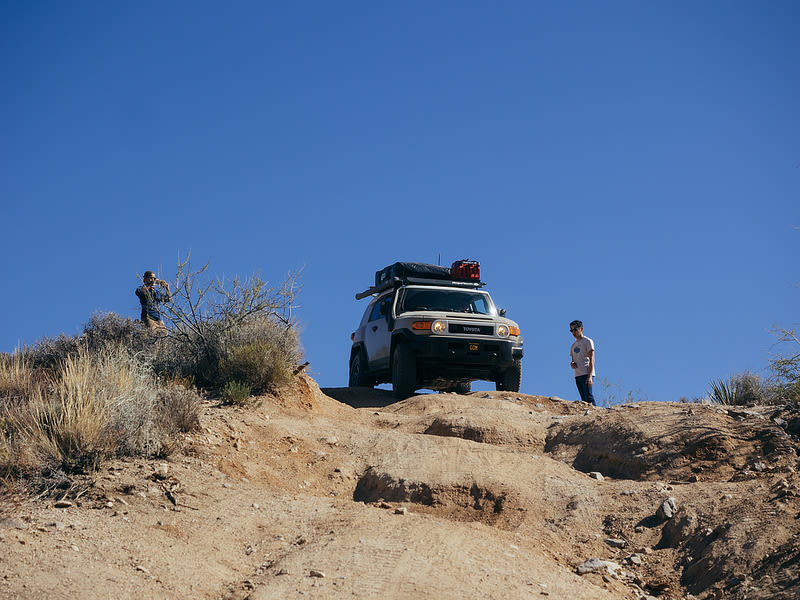
Soon after the washed out portion, we arrived at the most challenging part of Mojave Road: Watson Wash. Before the trip, I had watched several videos of people going down Watson Wash, but the trail facing us was a lot more eroded than in the videos. Also, it looked steeper in person than in the videos and, yes, in the pictures here.
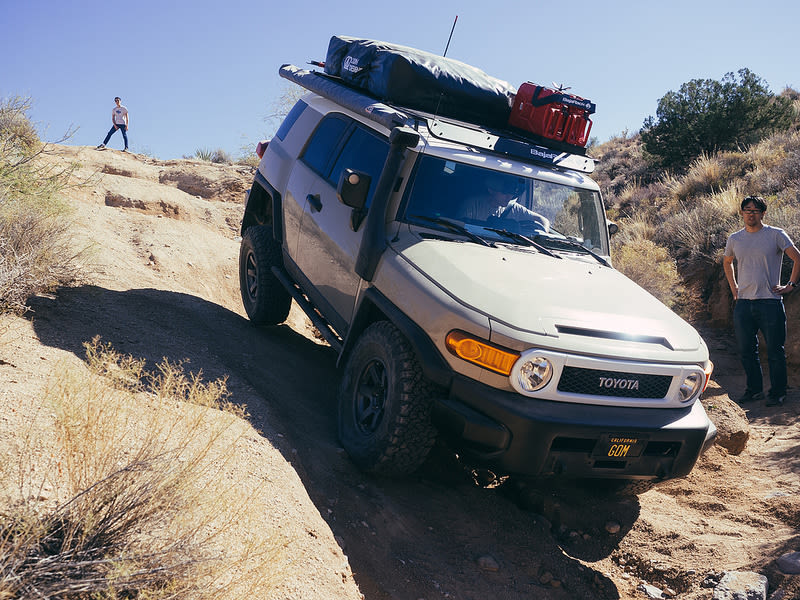
Wheel lift was a fact of life for everyone going down. So was sliding.
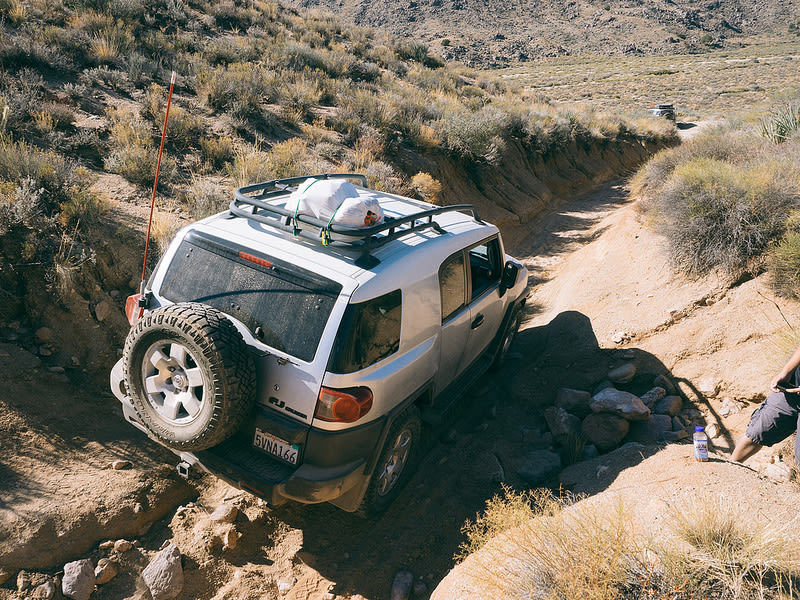
Once passed the steep portion, a very narrow track greeted you at the bottom.
Time for the Subaru to go down. Honestly, this was the only part of Mojave Road where I felt the lift was really needed. I don’t think a stock height Forester could’ve made it down, although Watson Wash can be bypassed by taking Cedar Canyon Road for a short portion, if you’re not inclined to go down Watson Wash. Still, I think mine was the very first SJ Forester to make it down through here. (At least I can dream.)
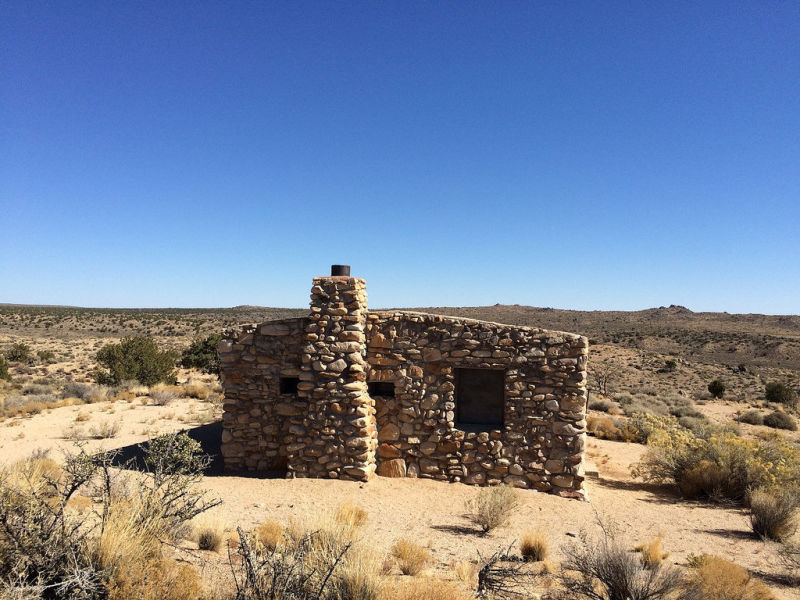
A short distance later and we arrived at Rock Spring and the Rock House. The Rock House has an interesting history, as explained by Dennis Casebier: “Bert George Smith, a WWI veteran suffering from the effects of poisonous gas and shell shock, homesteaded here in 1929. His house was originally a wood frame structure but later he ‘rocked’ the walls. Bert, who was certified as totally disabled by the Bureau of Veterans Affairs, was sent to the desert to die with the hope he might live a little longer in this high desert climate. But he fooled the experts and lived at Rock Spring until the mid-1950s. He died in a rest home in 1967.”
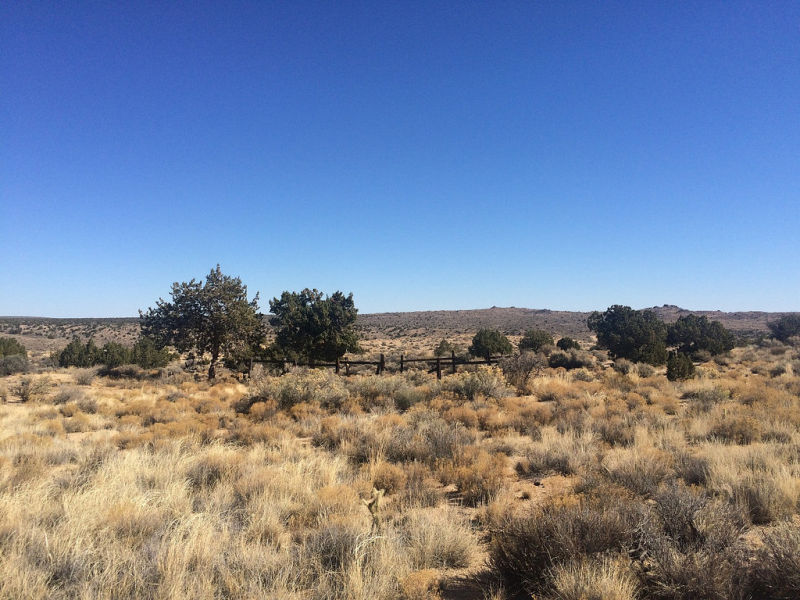
Not sure that living out here would be my cup of tea.
Just a few miles up the trail was Government Holes, which was another old Mojave settlement. Afterwards, Mojave Road joins Cedar Canyon Road, turning into a graded dirt road, and the pace picked up significantly. The pace slowed down again past Kelso-Cima Road as we entered the whoops section of the Mojave Road. This part would be great fun on a dirt bike, but it’s less fun in an overland vehicle loaded with gear that isn’t fully secured.
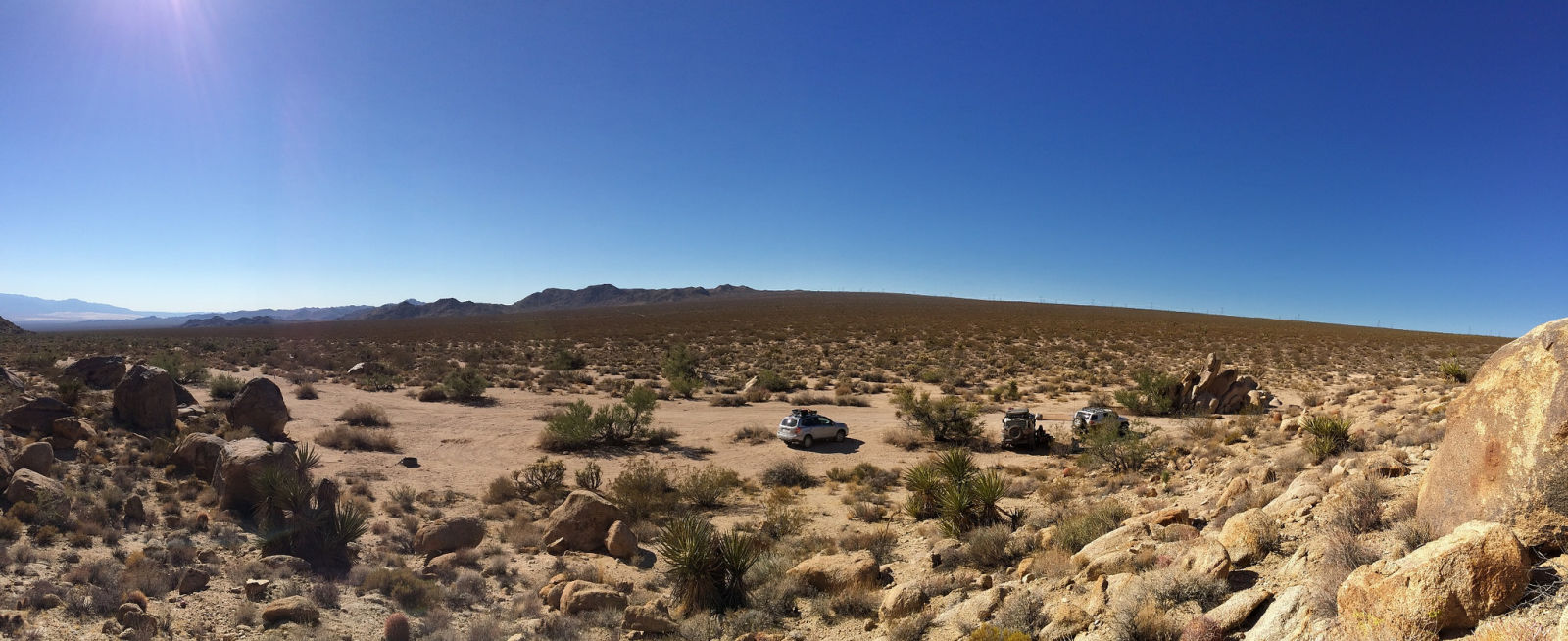
As the whoops leveled out, we came into site of Mojave Camp, which is a fairly large campground with steel fire rings. Mojave Camp is quite a good place to stay for the night, but as it is almost smack dab in the middle of the length of Mojave Road, and our trip was planned for three days, it was hard to schedule an overnight stop there. Instead, we merely broke for lunch and a much needed break here.